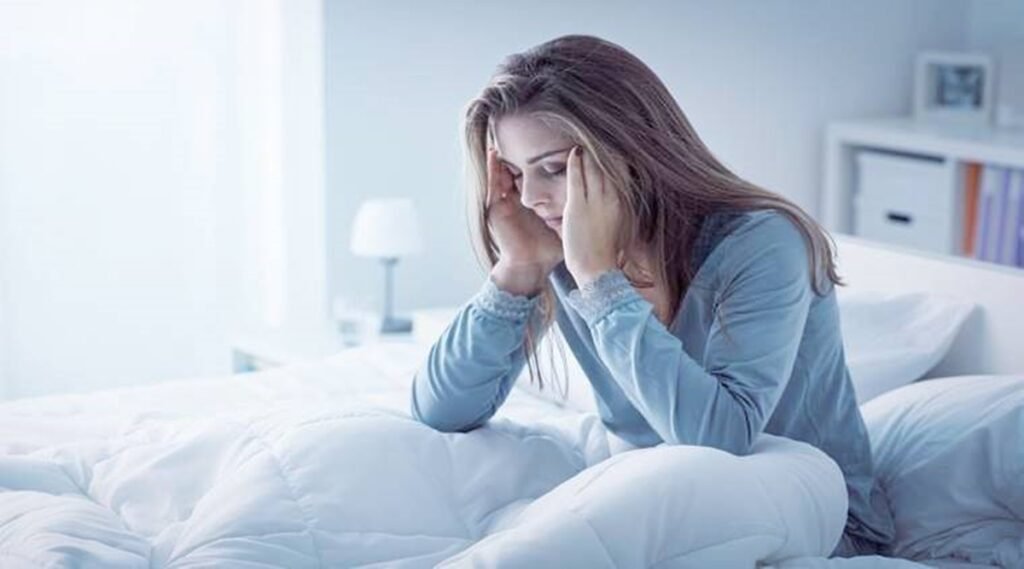Introduction
The relationship between pupil’s academic achievement and sleep apneoa has drawn more attention in recent years. The potentially dangerous sleep problem known as sleep apneoa which is characterized by shallow breathing during sleep has a substantial negative impact on scholastic performance and cognitive function in addition to general health. This article explores the consequences of sleep apneoa and the methods used by students to lessen its impact.
Impact on Health
Students who have untreated sleep apneoa run serious health risks. Due to disrupted sleep patterns chronic sleep deprivation can weaken the immune system raise the risk of cardiovascular illnesses and be a contributing factor in weight gain and metabolic disorders. Students and Sleep apneoa and mental health problems including anxiety and sadness have been related as students have already discovered when they are in academic environments.
Academic Performance
One of the many areas where sleep apneoa’s effects go beyond physical health is academic performance. Learning memory consolidation and cognitive function all depend on sleep. Students with untreated sleeps apneoa may find it more difficult to retain information and work through difficult problems. They might therefore perform worse which would have an impact on their output performance on tests, and overall academic success.
Challenges Faced by Students
There are several reasons why sleep apneoa occurs frequently in students. Sleep issues can arise and worsen due to erratic sleep patterns, academic pressures, excessive screen time, and unhealthy lifestyle choices like sedentary lifestyles and bad eating habits. Even worse adjusting to college life might occasionally result in an increase in social activities and erratic sleeping patterns.
Importance of Awareness and Support
Early detection and intervention of sleep apneoa depend on increasing knowledge about the condition among educators and medical professionals working with pupils. Educational establishments have a significant role to play in supporting students who are experiencing sleep disorders and in offering services for them. This can entail adding sleep instruction to the curriculum and providing access to treatment alternatives, sleep clinics, and counseling services.
Identifying and Addressing Sleep apneoa
Managing sleep apneoa in kids requires early detection and intervention. To accurately diagnose the issue, medical specialists advise doing polysomnography or sleep investigations. Depending on the severity of the condition treatment options may involve lifestyle changes like improving sleep losing weight receiving continuous positive pressure therapy.
Strategies for Students
Students can take proactive steps to improve their sleep quality and mitigate the effects of sleep apneoa
Establish a Consistent Sleep Schedule
Maintaining a regular sleep-wake cycle helps regulate the body’s internal clock and promotes better sleep quality.
Create a Sleep-Conducive Environment
Optimize the bedroom for sleep by minimizing noise controlling temperature and ensuring comfortable bedding.
Limit Screen Time Before Bed
Avoid using electronic devices such as smartphones and laptops at least an hour before bedtime to reduce exposure to blue light can interfere with sleep patterns.
Practice Relaxation Technique
Engage in relaxation exercises such as deep breathing meditation or progressive muscle relaxation to promote relaxation and alleviate stress before bedtime.
Seek Professional Help
If you having signs of a sleep issue such as sleep apneoa, see a doctor. Academic and long-term health consequences can be avoided with prompt management.
In Conclusion
Student health and academic performance are seriously impacted by sleep apneoa which emphasizes the significance of increasing awareness and putting in place efficient remedies. Pupils with sleep apneoa can overcome the negative impacts and succeed academically by emphasizing sleep hygiene receiving prompt medical attention and creating a supportive academic atmosphere. By working together educators medical experts students may address this issue and create a more favorable and healthy learning environment for everyone.
READ ALSO



